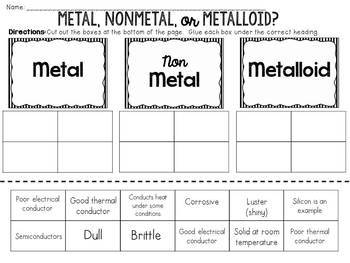


However, it will displace H + from an acid by the following single displacement reaction.Ģ Al(s) + 6 HCl(aq) 3 H 2(g) + 2 AlCl 3(aq)Ģ Al(s) + 6 H +(aq) 3 H 2(g) + 2 Al +3(aq) The last four metals in the activity series of metals are commonly referred to as the coinage metals. In a solution or compound, an elemental metal will displace any metal lower than it on the activity series.įrom the activity series above, we can predict that aluminum will not displace H from water. Use the activity series for metals to explain why copper metal is used in plumbing where the water might contain compounds of many different metals. Organizing the metals in this fashion also allows us to predict how the metals will react with each other. Important Uses of Reactivity Series In displacement reaction - Displacement reactions are that reactions in which more reactive metal displaces less reactive. It was known before the experiment that the metals used in the experiment are placed in the activity series from most active to least active as follows: magnesium, aluminum, zinc, and copper. In chemistry, a reactivity series (or activity series) is an empirical, calculated, and structurally analytical progression 1 of a series of metals, arranged by their 'reactivity' from highest to lowest. The least reactive metals are not able to displace hydrogen from either of these and are therefore found at the bottom of the series. Introduction The purpose of the lab was to find which metal is the most reactive and which metal is the least reactive. Only a few of the most reactive metals are able to displace hydrogen from water while a larger number will displace H + from an acid. This means that in a metal activity series we would find the most reactive metals at the top. What is the metal activity series used for The activity series allows us to predict whether a metal displacement reaction will occur. Iron, potassium, copper, zinc, lead, calcium, magnesium, sodium, gold.

Once organized, an activity series helps us to predict if a reaction will occur when a piece of elemental metal is placed in water, an acid solution, or a solution containing the ion of another metal.Īctivity series are generally listed in order of decreasing reactivity. Put the following metals in order of reactivity. The relative reactivity of metals can be used to organize them into an activity series.


 0 kommentar(er)
0 kommentar(er)
